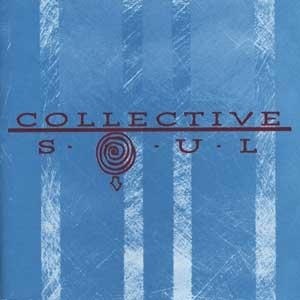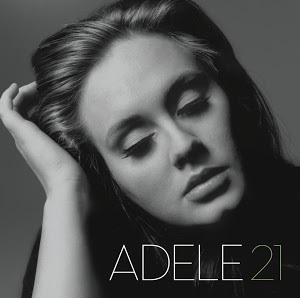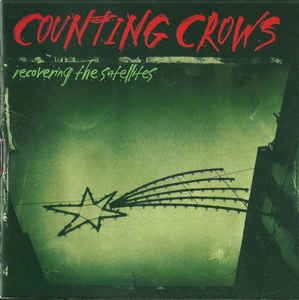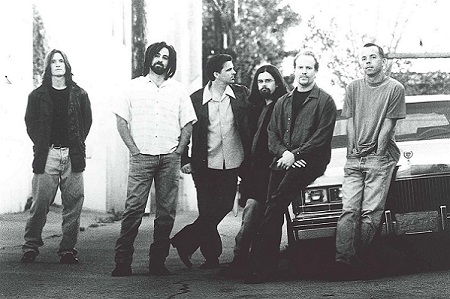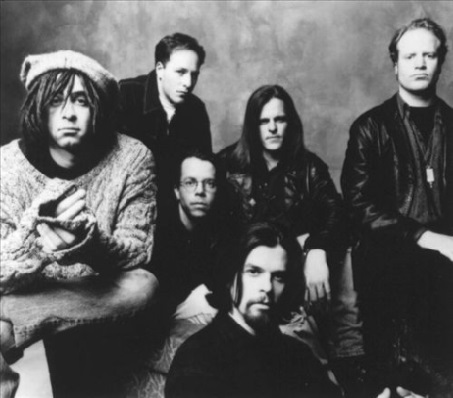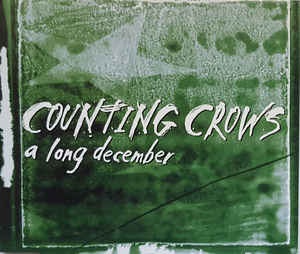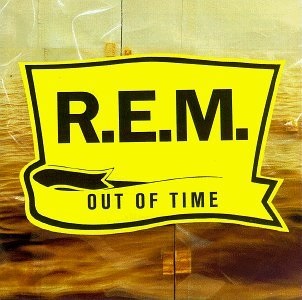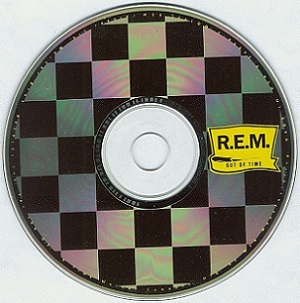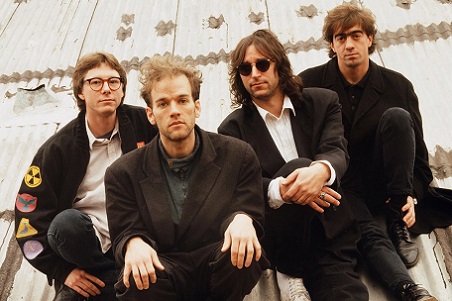The fifth album by singer-songwriter Tracy Chapman was released this day 24-years ago, on February 14th, 2000. Telling Stories offered eleven songs in the pop/rock, folk, adult alternative pop/rock and alternative/indie rock traditions with a bent towards poetry.
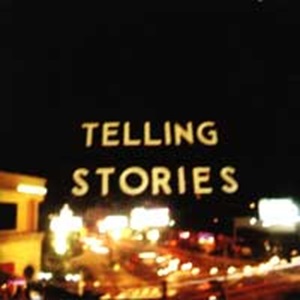
Musicians performing on the album included Alex Acuña on percussion, Rock Deadrick on vocals, Tommy Eyre on organ and keyboard, Mike Finnigan on organ, Denny Fongheiser on percussion and drums, Emmylou Harris on vocals, Howard Hersh on bass guitar, Steve Hunter on dulcimer, lap steel guitar and baritone guitar, Larry Klein on bass guitar, JayDee Mannes on pedal steel guitar, John Pierce on bass guitar, Tim Pierce on acoustic guitar, dobro, mandolin, sitar and baritone guitar, Eric Rigler on Uilleann pipes and low whistle, Scarlet Rivera on violin, Glenys Rogers on percussion and vocals, Andy Stoller on bass guitar and Patrick Warren on keyboard and Chamberlin.
Telling Stories opens the Tracy Chapman album of the same name with a song about the risk and reward of relationships. The space between a person’s real self and the story another tells of another, when accepted, makes the pairing of two people into a loving couple. I love this notion of a way to think of how love begins.
Less Than Strangers stands on the shoulders of the song Telling Stories as the love story created to begin the album. The story has turned from a history begun to one spun into the blues of loss, separation and feeling that the need for distance leaves the couple less connected than strangers. This metaphor of loss speaks loudly to the idea that reconciliation isn’t possible.
The word underpinning Speak the Word is love. Feeling both secure and safe enough to bravely seek the promise and fulfillment of love is the message I sense with this song; knowing that bravery to feel vulnerable to the payoff and bliss of love is the story to tell. I sense Chapman singing of the courage to take the chance for love.
It’s OK tells the story of the encouraging friend supporting another’s pursuit of love through direct supportive actions as well as emotional uplift. The emotional tenderness in the singing of the lyrics, both primary and backup, grabbed me with evoking feelings of support for me as a listener. That the song has one person supporting another is at the core of the message I hear here.

Wedding Song, as the title suggests, brings forward the notion of a loving and committed relationship. In outstretching for the love and commitment, I sense Tracy Chapman saying that she has the aspiration worthy of a committed relationship sanctified in surviving the rapture. However, is Chapman singing of being the only one in the wedding that has achieved that worthiness?
Unsung Psalm offers a look into the tension between the spiritual and the physical, with the life lived for physical intimacy and passion disqualifying the realization of the spiritual. The doubt I sense in narrative voice for Unsung Psalm questions the spiritual, in fact doubting the reckoning of humans in the application of spiritual judgments of a life lived. The message to end a song, in fact one’s life, is that for Chapman that she wants what is unsung in life sung for her soul as it moves to the next life.
Nothing Yet feels like an American life examined with eyes wide open to difficult truths mixed with harsher realities seen for what they are. The message continues though, for I sense a deliberately chosen, fought for optimism for what is possible. The beauty in taking the past for what it was yet having the will to see past alienation to move onto hope brings me such joy. I love this song for this message.
As musically and poetically complete as any song on Telling Stories, Paper and Ink feels like a critique of the emotional underpinning of the cultural connections driving the American way of life. The valuing of wealth to the detriment of emotion, connection, family and the ties that bind one life to another shines through. That money has its place behind other values resonates with a fullness of language and music that lands.
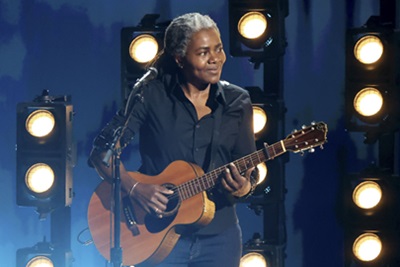
Devotion rings like an echo of Unsung Psalm as presented earlier on the Telling Stories album. I hear the other side of a single coin, wherein Devotion calls for a review of the human heart. Devotion asks what happens if Chapman‘s version of love gets in the way of her partner feeling the full measure of love from Chapman that he needs. Can they go on? Should they go on?
The Only One invokes the death of a child. The mourning of a life lost leads to questioning God on the number of innocent angels being needed in His presence. The questioning comes from a place of loneliness and lost purpose with a mixed need to understand and have the emotions make sense.
First Try feels like a culmination of the stories told through the course of the album Telling Stories. Chapman struggles spiritually and physically with the boundaries of life as defined through and by society as a person living within it. Chapman has put an honest attempt forward to be her best self, finding less than compassionate judgment. In finding pain, hurt and the desire to have learning and growth dictate additional effort, that life has said no leaves the feeling that life hasn’t tried to understand her humanity. Tracy Chapman tells us that her life thus far has been filled with her first try to be understood and welcomed.
Matt – Wednesday, February 14, 2024















